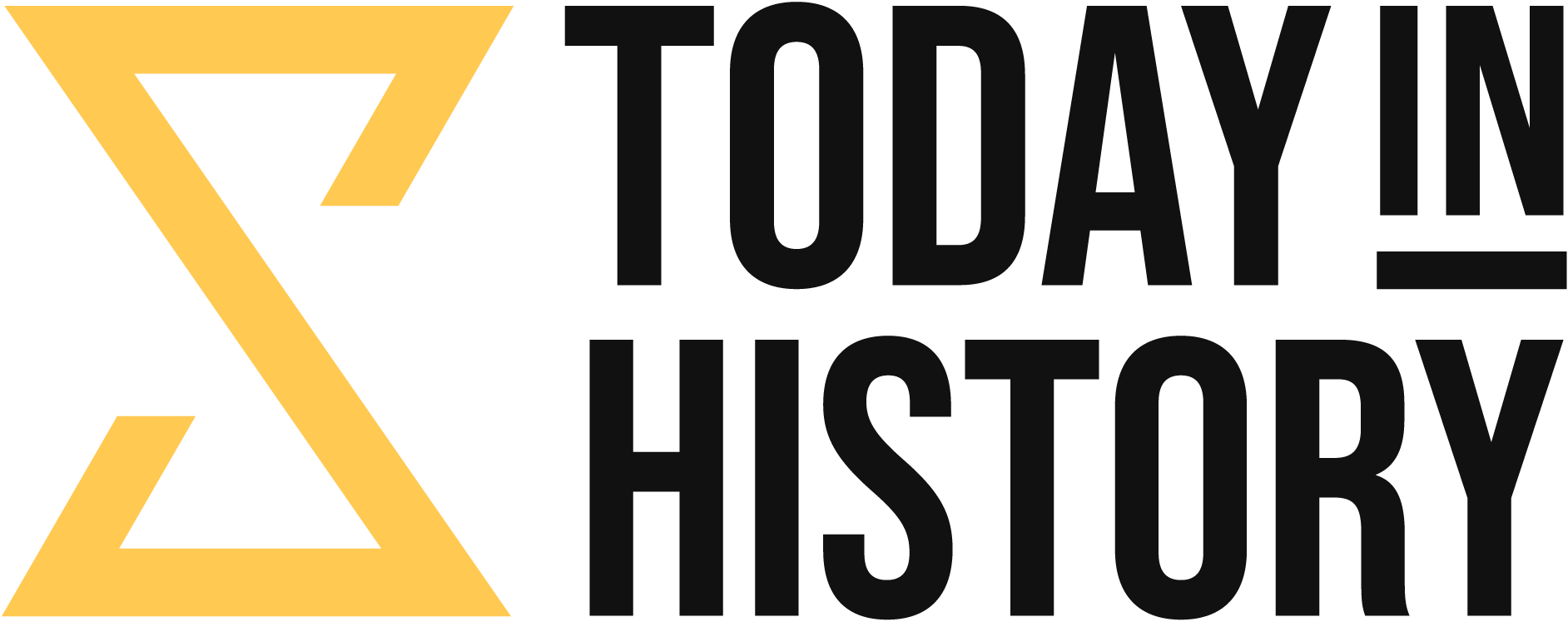The United States Congress passed the Coinage Act on April 2, 1792. This act established the nation’s first official mint in Philadelphia, the capital of the United States at the time. It aimed to standardize the American monetary system, replacing the diverse foreign and colonial currencies in circulation.
President George Washington appointed scientist David Rittenhouse as the inaugural Director of the Mint. Rittenhouse acquired property at Seventh and Arch Streets, where construction commenced in July 1792. By September, the facility was operational, comprising a smelting house, a mill house powered by horses, and a three-story brick structure. This site became the first federal building erected under the Constitution.
The Coinage Act outlined specific denominations in copper (half cent and cent), silver (half dime, dime, quarter, half dollar, and dollar), and gold (quarter eagle [$2.50], half eagle [$5], and eagle [$10]). The Mint delivered its first circulating coins, 11,178 copper cents, in March 1793. Silver coins were introduced in 1794, followed by gold coins in 1795.
Since it began, the Philadelphia Mint has undergone several transformations:
- Second Mint (1833–1901): Due to increasing demand, a larger facility, known as the “Grecian Temple,” was constructed at Chestnut and Juniper Streets.
- Third Mint (1901–1969): Located at 1700 Spring Garden Street, this Beaux-Arts building featured modern coining technologies and impressive architectural designs.
- Current Mint (1969–Present): The fourth and final Philadelphia Mint opened at 151 North Independence Mall East, becoming the world’s largest mint. Even today, it continues to produce coins, medals, and other numismatic items.

